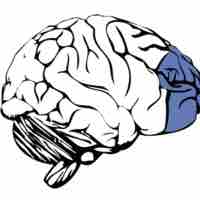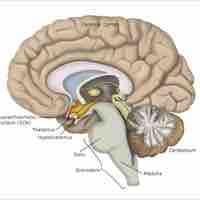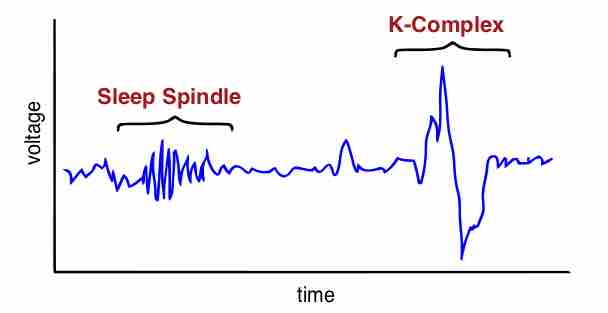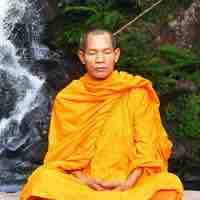Chapter 5
States of Consciousness
By Boundless

Consciousness is an individual's state of awareness of their environment, thoughts, feelings, or sensations; in order to experience consciousness, one must be both awake and aware.

Theories of consciousness include developmental, cultural, neural, computational, and moral perspectives.

The neural correlates of consciousness (NCC) refer to the relationship between the experiences reported by subjects and the activity that simultaneously takes place in their brains.
Most adults need seven to nine hours of sleep to recuperate from physical exertion, as well as to consolidate learning and memory.

Circadian rhythms are physical, mental, and behavioral changes that respond to light and darkness and are important in determining human sleep patterns.

Sleep proceeds through multiple cycles of non-REM (3 stages) and REM per night, with each full cycle lasting between 90 and 110 minutes.

Sleep disorders cause sleep disturbances that affect the amount, quality, or timing of sleep or that induce abnormal events during sleep.

Numerous theories, both psychological and neurobiological, have been proposed to explain the elusive mystery of the purpose of dreaming.
Dissociation is the experience of feeling detached from reality.

Meditation is the practice of training the mind in order to induce relaxation or an altered mode of consciousness.

Hypnosis is a trance-like state in which a person experiences heightened suggestibility.

Depressants cause the body to relax by increasing the neurotransmitter GABA, which decreases neuronal excitability.

Stimulants induce temporary improvements in mental and/or physical functions and are commonly used as prescription or recreational drugs.

Hallucinogens affect the levels of serotonin or glutamate in the brain and are divided into psychedelics, dissociatives, and deleriants.